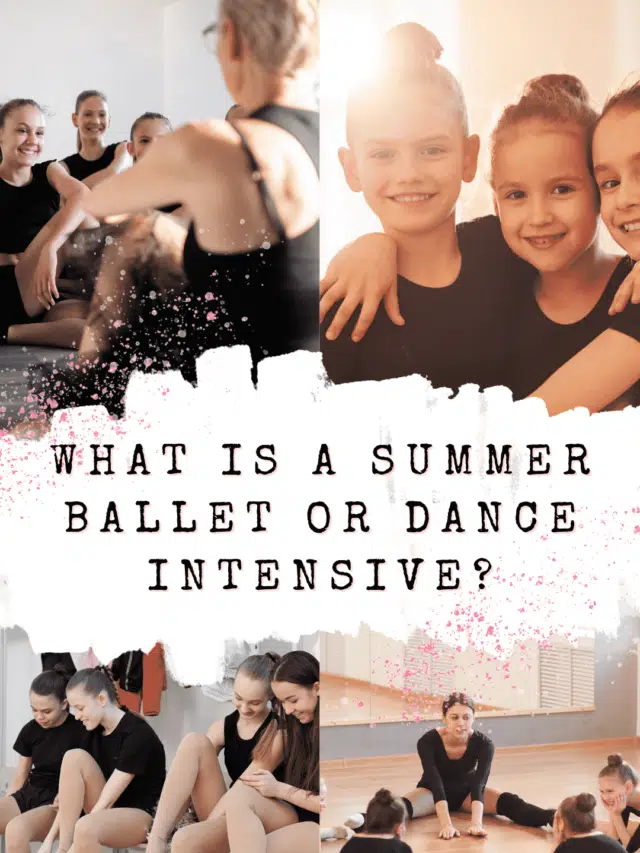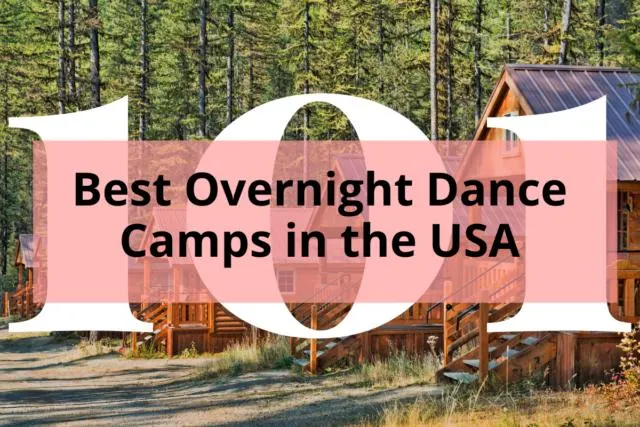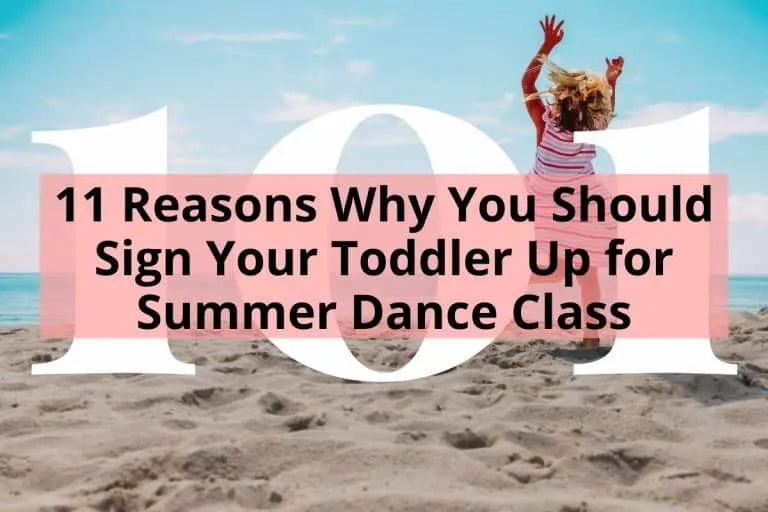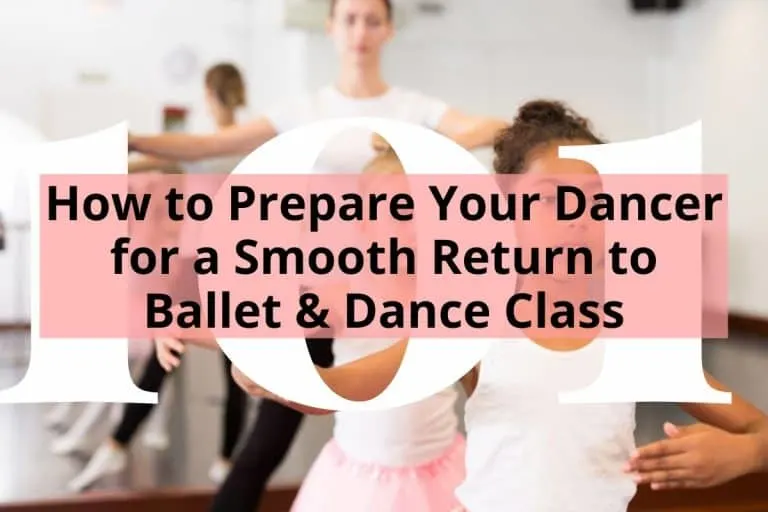You have just been speaking with some other dancers and their parents after class and find out they are all going to a summer ballet dance intensive during the summer break. Another dancer is going to a summer dance camp and another is going to a summer ballet workshop or was that a dance clinic. What??? You get the gist of what a summer ballet or dance intensive seems to be…. well sort of… which is why you are here trying to work it all out!
A summer ballet or dance intensive is a program where dancers learn from a variety of teachers in different styles or techniques over the period of a day, to a week or more. Dancers are completely immersed in dance for the duration of the program These programs offer intense training meant to develop a dancer’s artistry, technique, and confidence as well as an opportunity to build a community with other dancers.

With so many summer dance options available it can be difficult to know the right choice for your dancer. When considering a summer ballet or dance intensive it’s important to know what your goals are, what your level of commitment is, and what kind of investment you want to make.
What types of intensives can you do?
Intensives can be in ballet, jazz, contemporary, tap, hip hop, or a combination of all the styles of dance. Some dance intensives include classes in musical theatre, body percussion, Pilates, and injury prevention.
If your dancer is focused on one particular style of dance, then it’s best to choose an intensive focus on that one style of dance rather than a combination of all styles. Usually, even in a ballet-focused intensive, there will be jazz or a contemporary class, but most classes will focus on developing ballet technique and knowledge.
Dance intensives can be offered by professional dance companies, colleges, and universities, and some local dance studios and are available in or near most major cities. Intensives offered by college dance programs usually have housing for the dancers for the duration of the program as well.
Some programs also offer junior intensives for the younger dancers, typically ages 8-11 years old. These junior intensives have the same goals but are only half-day rather than a full day of classes.
What is the difference between a dance intensive and a dance camp or workshop or clinic?
A dance intensive is the most immersive summer program for dancers. Some include a performance at the end showing what was learned, others offer a showcase for dancers to perform pieces for their home studio or student choreographed works. There are many different classes and teachers involved in an intensive. These programs can be more selective and may require an audition.
Dance camps can be a day camp or an overnight camp. Camps include dance classes as well as elements of traditional summer camps. At the end of the session, they have a performance showing what they have learned. Camps are usually designed for younger dancers, generally under age 15. Dance camps are usually open to all dancers. Dancers in these programs often build lasting friendships as well as improve dance and life skills.
A dance workshop may be one class or a weekend and is frequently taught by one teacher. Workshops are open to all dancers. A dancer can expect to learn a choreographic combination or to work on specific exercises and skills at a workshop. It is meant to be a deeper dive than a single-hour-long master class. If your dancer attends workshops regularly you can expect to see an improvement in skills and learning new terminology as well as getting to know dancers outside of their home studio. Dancers of all ages and skill levels can benefit from workshops.
The term dance clinic, is often used to describe a workshop that is focused on learning specific skills such as a pirouette clinic or a pointe work clinic, or how to get higher and more dynamic leaps. It might also be a ‘clinic’ where posture or alignment is improved and specifically worked on. A dance clinic is usually open to all dancers, but can be dependent on a dancers needs.
Sometimes studios and schools use some of these words interchangeably, for example a dance day camp could also be called a dance workshop, so it is always best to read the descriptions given by the organizer to see what you are getting into.
How long is a summer intensive?
Summer intensives can last anywhere from two to three days up to seven weeks, with one to two weeks being the average. The programs that are more than two weeks usually have housing available for dancers during the program. The multi-week programs that include housing can give dancers a chance to see how they might handle themselves and their responsibilities if they were to take on dance in a more full-time capacity in the future. The multi-week programs may also allow dancers to watch performances in the evenings. These performances may feature the professionals teaching your dancer during the day.
Does everybody get into a summer intensive?
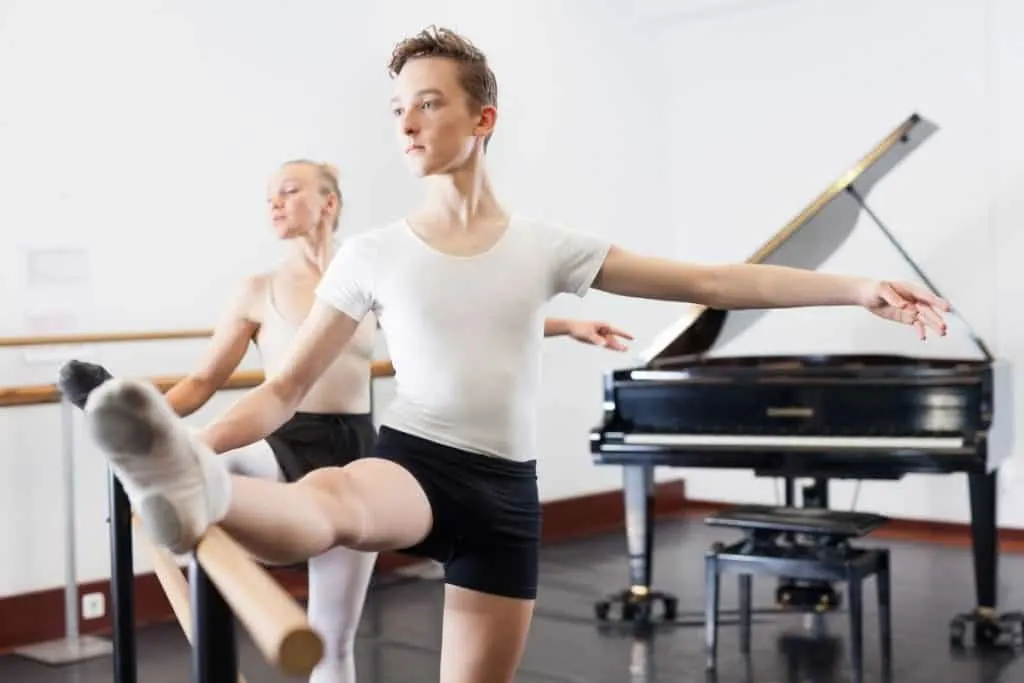
That depends on the program. If the dance intensive you plan to attend is at a local dance studio there may not be an audition. Most summer ballet intensives however do require an audition to be accepted to the program. The audition process will usually include letter(s) of recommendation from dance teachers, an audition video or in-person audition that will show the dancer’s technique, possibly improvisation skills, and ability to learn a short combo, or alternatively they may need to submit a video performing choreography.
At what age and level are dancers ready for a dance intensive?
Dancers should be at least 8 years old and dancing at an intermediate level before considering a dance intensive. Some programs will have a guide for the age of participants their intensive caters for. Dance intensives are usually available for dancers through 21 years old, at the advanced and pre-professional levels as well.
What does a dancer get out of a dance intensive?
- Dancers improve their level of skill in a short amount of time.
- The ability to retain movement more rapidly is also honed during a fast-paced intensive.
- A dancer is able to maintain their training over the summer. If your dancer goes three months without dancing they will lose some of what they achieved in the past season.
- Because of the intensity of the training, your dancer will increase their endurance and stamina during a summer dance or ballet intensive.
- Most summer programs, including dance intensives, will grow the participants’ dance vocabulary and knowledge of dance history.
- Frequently dancers experience a boost in confidence.
- Dancers improve their artistry and technique.
- They are exposed to different teaching styles and instructors.
- It is great for dancers to get attention outside of their home studios. Teachers and students get comfortable with each other. A new instructor can give the same correction as a home studio teacher but the unfamiliar instructor will give it in a slightly different way and it will just click for the student.
- There is an expansion of the dancers, dance network, including dance teachers and dance peers, who may become friends and colleagues from the experience.
- Getting a dancer out of their home studio is important for helping them find their voice and to gauge their skill level in a broader environment.
What kind of financial investment is a dance intensive?
The financial investment for a dance or ballet intensive varies greatly depending on the program’s length and type. You could be looking at a few hundred dollars for an intensive spanning a few days. For example, a professional tap company in Chicago offers a 3-day tap intensive for $235. Multi-week programs that include housing are several thousand dollars. An internationally renowned ballet company out of New York offers up to 7 weeks with housing and meal plans which would top out at over $10,000. There are many price points in between that huge range. Many college and local studio programs are in the $400-$800 range. Most programs have some sort of financial assistance or scholarship programs available as well.
Tips for choosing a summer dance or ballet intensive
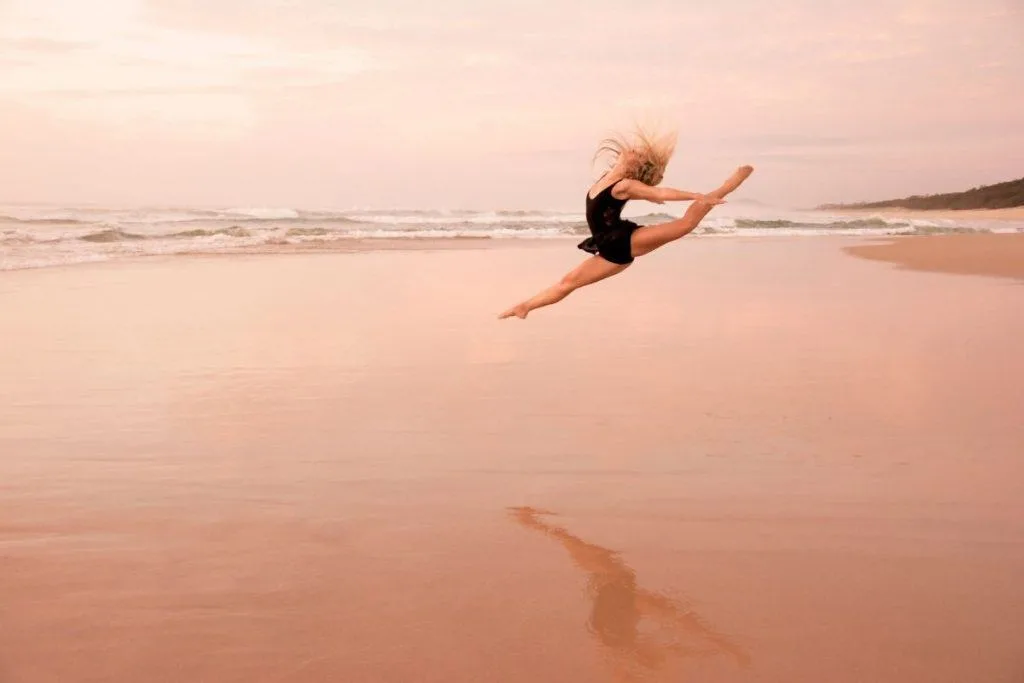
- Be sure to start your dance intensive search early as many programs have auditions and registration beginning in February. Space is limited and these programs are usually in high demand.
- Even if it is past the audition deadline, it doesn’t hurt to contact the program administrators because there can be cancellations. You might be able to get your dancer into a suddenly vacant spot or because of demand they may have opened more spaces.
- Look at or ask for the sample or previous year’s schedule for a program you are considering to see if it is offering the type of classes your dancer wants to take.
- Check out scholarship opportunities for different intensives. Most programs offer some sort of financial assistance. If you can’t find information on the website, it doesn’t hurt to ask.
- Research the instructors. Find out where they have studied and trained. This can help you decide which programs are better suited to your dancer’s needs and wants.
- Consider if the dance intensive fits into your family’s schedule and budget. The experience of a dance intensive should be an asset, not a burden.
- Assess your dancer’s readiness to take on intensive training. Talk to their dance teacher about whether they think your child is ready for such a challenge. It can also be good to talk to any other coaches or even school teachers your child has if you are worried about their emotional and social readiness as well.
So to sum up what a Summer Dance Intensive is….
A summer ballet or dance intensive is a series of dance lessons that run for a day to a week or more and are used to accelerate the education of a dancer and immerse them in new techniques and teaching styles. Dance intensives vary in length of time and type of intensive. Not everyone who applies to some summer ballet or dance intensives are accepted. Although there are many advantages for participants of summer dance or ballet intensives, these programs are not the only option for furthering your dancer’s education over the summer and you can also look into dance camps, workshops and clinics or even studios that offer regular summer dance classes.
Share this article on Pinterest Now!
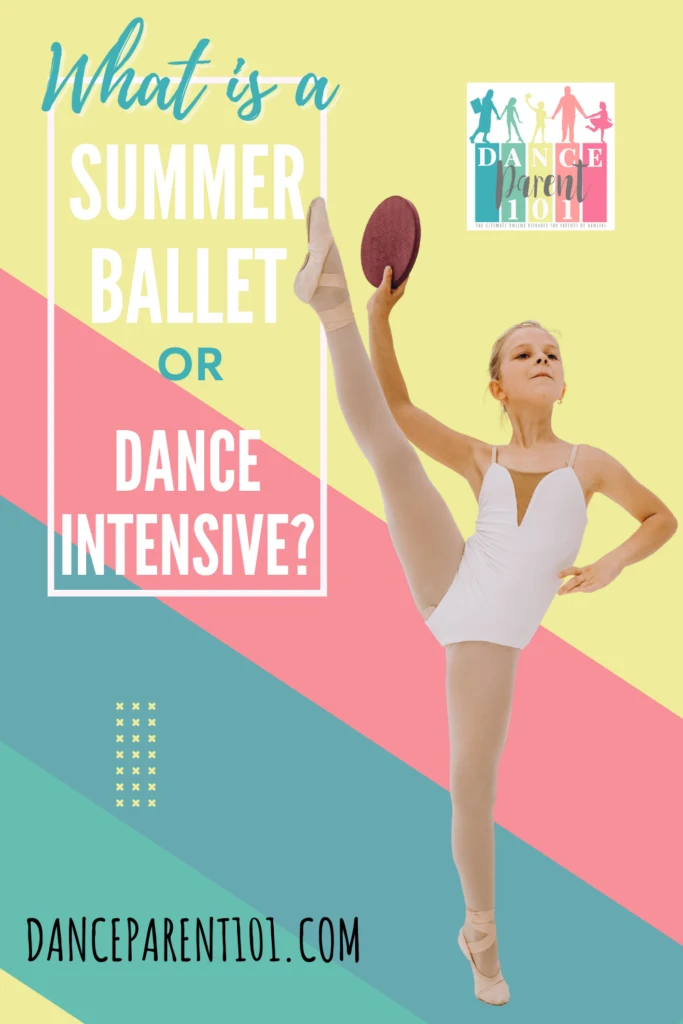
Check Out our Google Web Story
For some more information about summer dance classes you might like to read some of the following articles:

